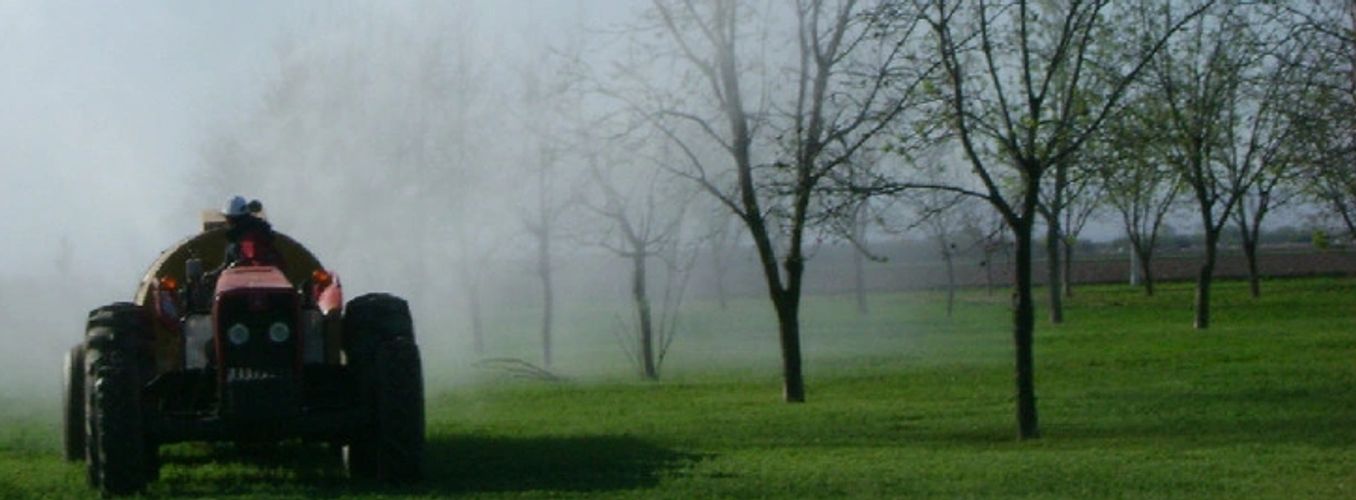
Mike Maros Farms of today came into reality as a result of events on the east and west coasts of the United States in the 1910s. Just after the end of WWI, James Andrew and Bessie Mae Miller left their farm in Calexico, California to come to Fabens, Texas in the lower El Paso Valley to once again start a farming operation from scratch. While this was transpiring, Steve and Eva Marasovich left Yugoslavia in 1918 to come to the United States. From the east coast they migrated to Globe, Arizona to the potash mines, since he was a coal miner in Yugoslavia.
In 1919, Mike Marasovich (Maros) was born, the oldest of seven brothers and sisters. In 1921, the Marasovich family also moved to Fabens. 1921 was also the birth year of Mary Beth Miller, who would eventually marry Mike Maros; and upon their marriage, start the seed of Mike Maros Farms of today. The marriage bringing together the Miller farm with part of the Marasovich farm.
When these two families started their local farming endeavors, it was literally from scratch. The area of the farm land to be in the lower valley was not in production, it was not even level nor developed in any manner. (In Spanish, it was called "bosque", which means thicket or woodland). It must be remembered that this bosque area was many times in the riverbed and flood plane of the Rio Grande River since no dams nor flow controls existed. Several times in the early years in the lower valley, both familities had their farm lands completely flooded due to rains or snow in Colorado/New Mexico and the river flowing over its usual bounds.
The El Paso Valley offered a great opportunity when the families settled here, but also required a great deal of labor to create a viable, functional farm. The opportunity existed because there was basically a "mini-Oklahoma land rush" situation in the lower El Paso Valley. If you came, claimed the land, settled, and worked the land, it was yours. Typically this was known as "squatting". No money was needed to purchase the land, only an immense amount of work, fortitude, muscle, sweat, blood, and in some cases, good fortune. There were also no government programs, no bilingual aide (Mike Maros spoke Slavic, English, and Spanish fluently as if all 3 were first and only languages). What a great opportunity for coal miners from Yugoslavia and French-English farmers from Calexico!
With the good comes the bad--at least to a certain degree. Trying to reclaim a riverbed and its associated vegetation would be a large task even today; however, it was accomplished at that time with horses and mules; rudimentary survayer equipment, and very limited equipment, which could move very little dirt at any one time. All this required extensive manual labor, not the mechanization we know today. This slow and laborious task was accomplished over many years with a river that would change course almost yearly and still flood the valley at times. It took most of the 20's and 30's to accomplish this for the Millers' originial 900 acres and the Marasovich 1,000 acres, each in a piece meal manner.
After WWII, Mike Maros returned from combat, married Mary Beth Miller, and took control of both farming operations. With improved mechanization now available, he was able to work both farms into what is now their basic configuration. Mike Maros transformed both farms into a viable farmland, growing cotton and alfalfa in the early years, and in the 1960s started Island Dairy and Livestock Corporation, where he built a dairy from scratch up to milking 2000 cows per day with a total number of almost 3000 animals.
In the late 1960's he purchased an additional 100 acres of land (known as Whitaker Farm), not because of the need for more land, but because of the excellent quality of well water below ground on this farm. And in the mid 1970's, he transformed both farms from cotton and dairy feed to a potential pecan orchard, by planting approximately 1070 acres of seedling pecan trees and inter-cropping these young trees with cotton (growing cotton between the pecan trees each year), until the trees were old enough and productive enough to be a financially viable crop.
To understand the growth and success of Mike Maros Farms from the 1940's until today, means understanding his vision, leadership, dedication and hard work in the agriculture arena!
We use cookies to analyze website traffic and optimize your website experience. By accepting our use of cookies, your data will be aggregated with all other user data.